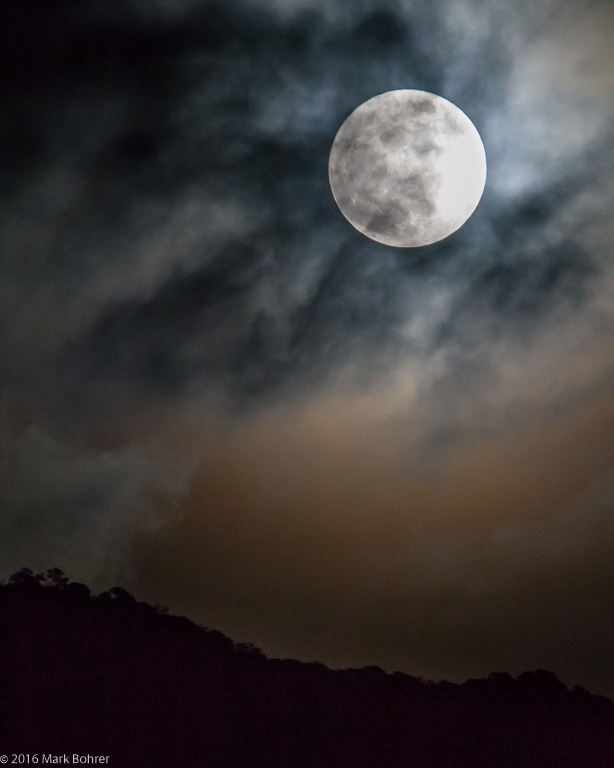|
Stieglitz and Sky Abstracts Alfred Stieglitz isn’t nearly as well known as his artist wife Georgia O’Keefe, but he was a giant of early 20th century photography. Likely through O’Keefe’s influence, in the early 1920s he began shooting photographs he called Equivalents. These were intended to break the link between subject and literal interpretation – they were among the first photographic abstracts. Most of them were of the sky and clouds. There were trees or moon in a few. This subject choice may have been partly due to diffculty photographing sky features using early black and white photographic emulsions. These orthochromatic films were overly blue-sensitive, losing cloud detail against a light sky. This limitation largely disappeared with new panchromatic films in 1922, and Stieglitz began shooting the sky with those.  Winter sky and tree – inspired by Stieglitz’s Equivalents Photojournalism? Not Always Fast-forward to today. I always thought I was a photojournalistic shooter, having learned photography shooting my school classmates and my Lake Michigan adventures with a Leica M3. I usually want to tell a visual story. Yet there are times when I look at a scene and think, “Wow, that’s a cool texture!” Especially with the night sky, I see more in black and white – mostly. There might be one or two dominant colors, but the picture is about lines, shapes and contrast.  Tree and sky – inspired by Stieglitz’s Equivalents Getting Out With the Dogs I walk my dogs at sunset in winter, wearing a fanny-packed mirrorless Fuji X-E2 and a few lenses over my coat. One cold November evening at the nearby park, I looked over my shoulder and said out loud, “Oh wow!” I’m sure my Berner Daisy and Sheltie Buzz had no idea what I meant, but they’re used to Dad’s weird ‘stop and shoot’ behavior. ISO 6400 is just sensitive enough to give me hand-holdable shutter speeds at f/2 – 5.6 lens aperture, and that’s how I shot these pictures of cloud textures and leafless tree branches. I had a feeling of winter isolation, heightened by the darkness and cold keeping everyone else inside.  Winter cloudscape, Albuquerque, New Mexico Cloudy Winter Moon Just yesterday my wife texted me, “Hurry up and get photo of the moon!” I put the 400mm lens on a tripod, walked out the front door – and saw nothing. Turned out the moon had already risen viewed from her work location, but I had to wait a little longer. I visualized a moonrise through veiling clouds, over a silhouetted ridgeline. A few minutes later, that’s what I got.  Moon, clouds and ridgeline, Albuquerque All these pictures show recognizable objects. But explicit recognition isn’t the point. They show slices of my feelings on winter evenings – from solitude to “Oh wow!” excitement to wonder at nature’s textures and colors. They’re also about how viewers feel when they see them.  Moon and clouds, Albuquerque Shot Notes The tree branches and sunset skies were shot with a Leica 35mm f/2 Summicron-M ASPH lens. I love the crisp way it renders fine detail, making it one of my favorite lenses. On the Fuji X-E2 camera, it has the field of view of a full-frame 52.5mm – a ‘normal’ prime lens. Sky exposure near sunset is usually straightforward. I exposed for the brighter areas away from the too-bright horizon to keep detail in the trees. Modern multi-segment metering tries to average exposure over a scene using manafacturer’s data from thousands of pictures. But you can see a difference based on how you set exposure compensation and what you aim at. I use both – I’ll aim at a portion of the scene I want to meter, then hold the exposure button part-way down to hold that reading. Then I’ll adjust exposure compensation if I don’t like what I see in the camera’s LCD. Since I needed to build up the impact of the moon rising into clouds over the Sandia Mountains, I used Canon’s 400mm f/4 DO IS lens on an EOS 7D camera. An old Gitzo G1127 mk II tripod and small Kirk ball head kept everything shake-free. The 400mm has a full-frame 640mm field of view on the 7D. Sky exposure for the moon can be tough after sunset. I used the veiling clouds to knock down the moon’s full-sun brightness, then underexposed slightly to keep the sky dark. That let me keep some detail in the moon without losing it in the sky. For More Info Equivalents, accessed from https://en.wikipedia.org/wiki/Equivalents |
(408) 483-3782
Curious about how to shoot ruins?(408) 483-3782

Recent Comments